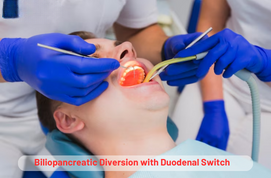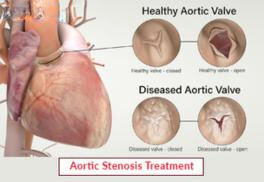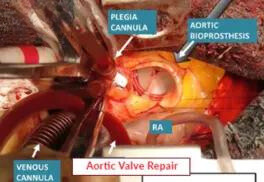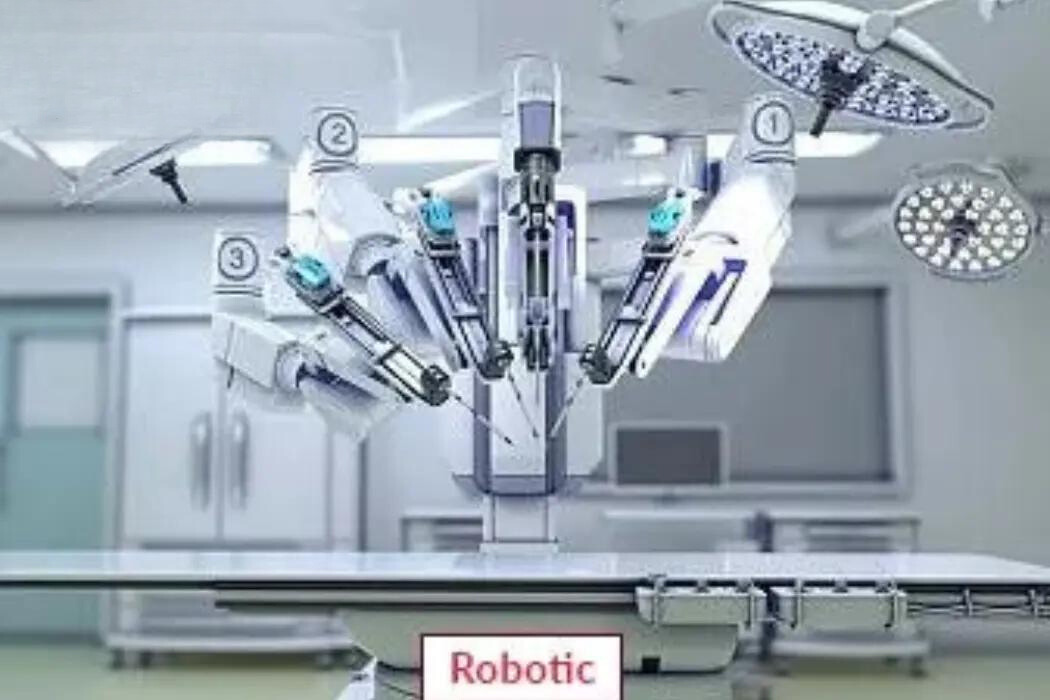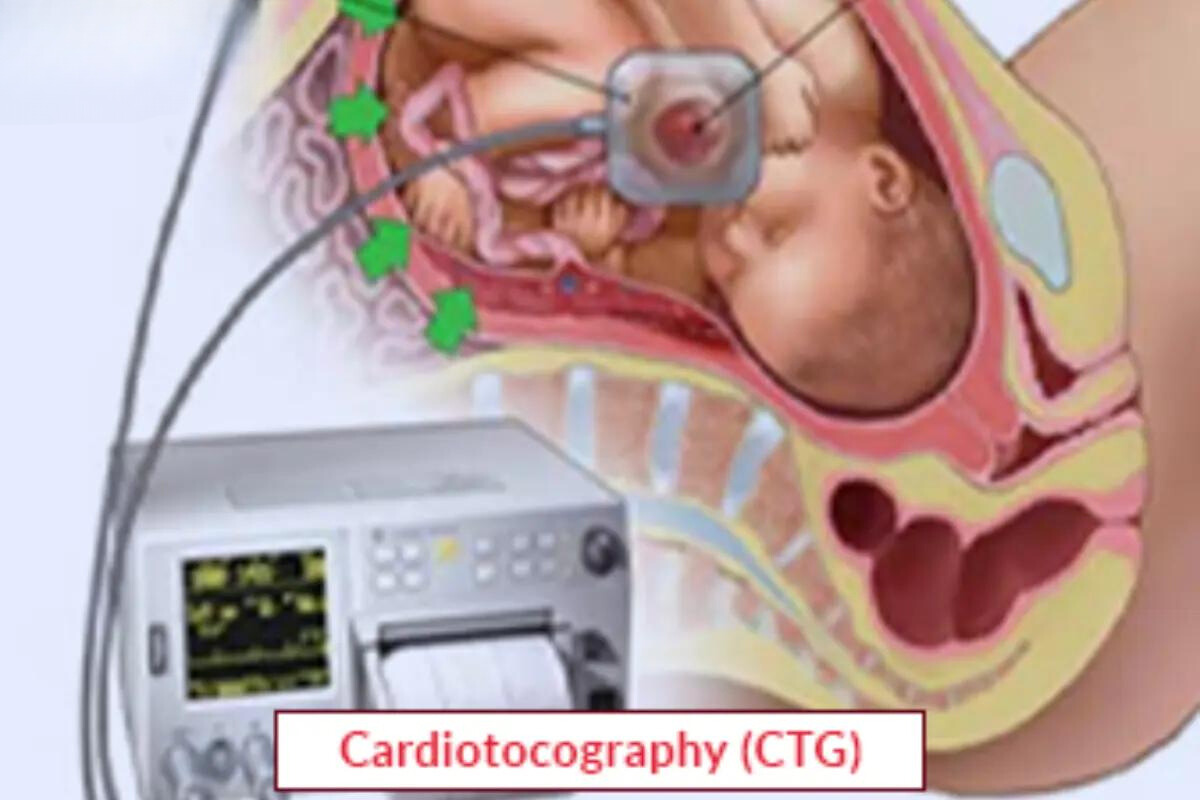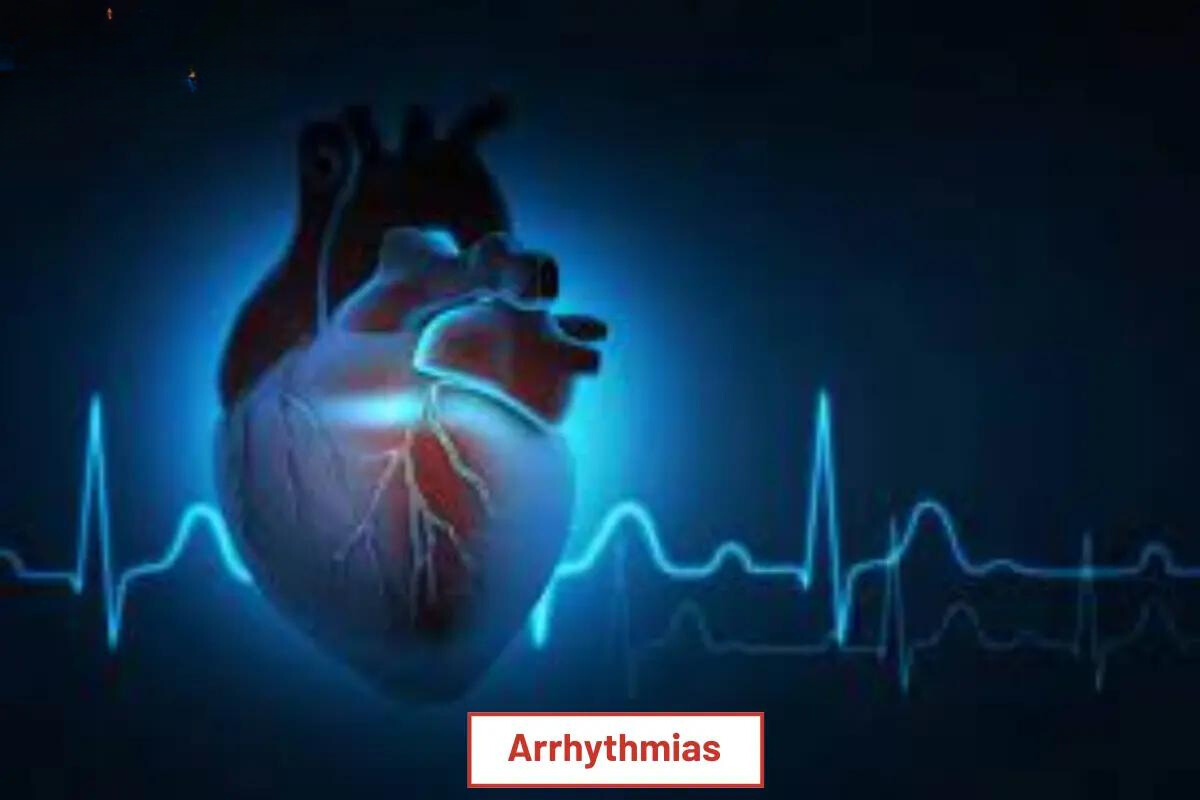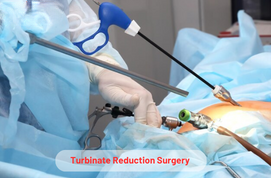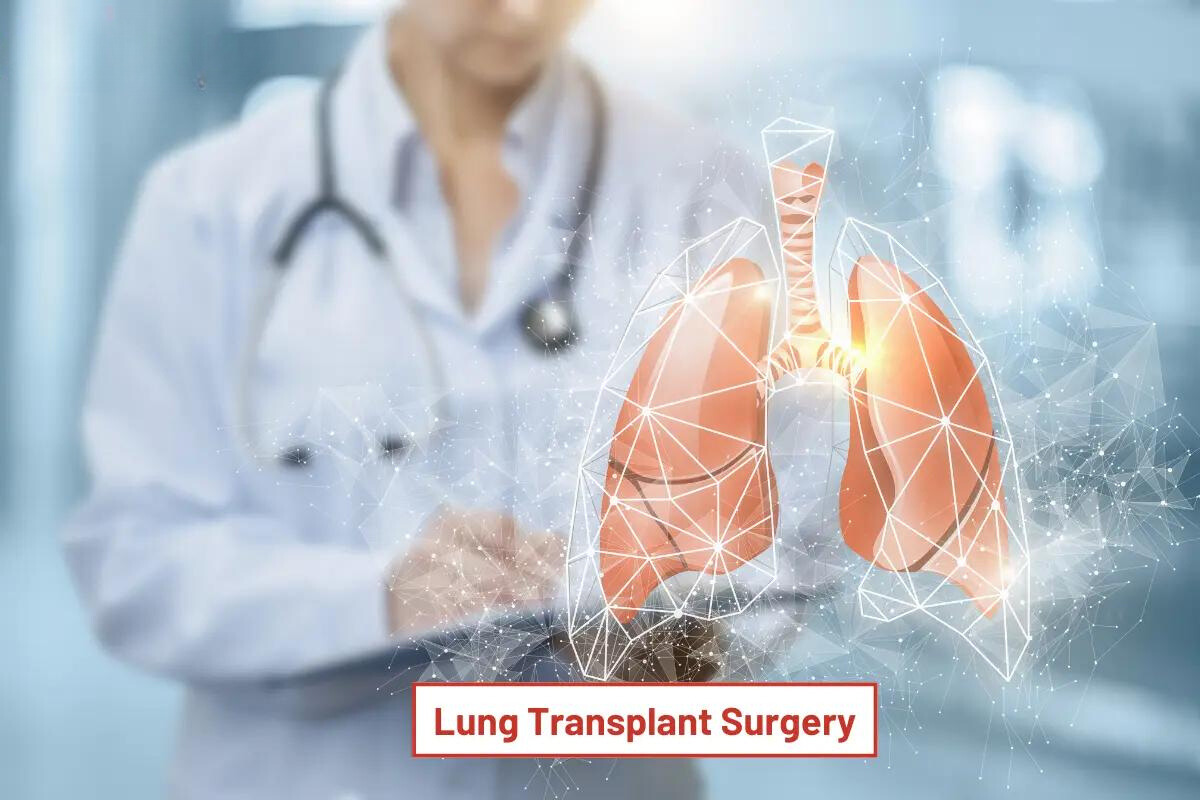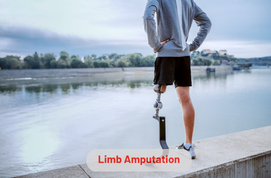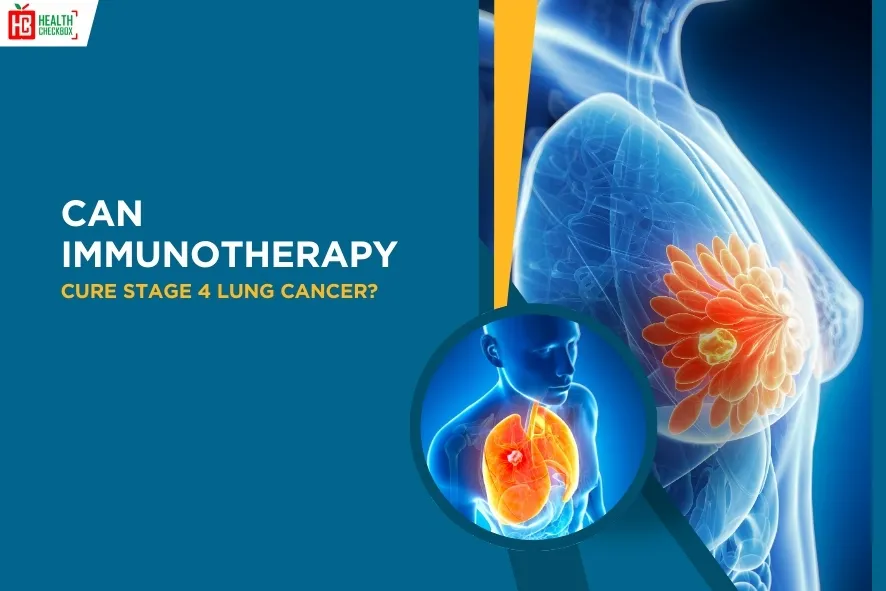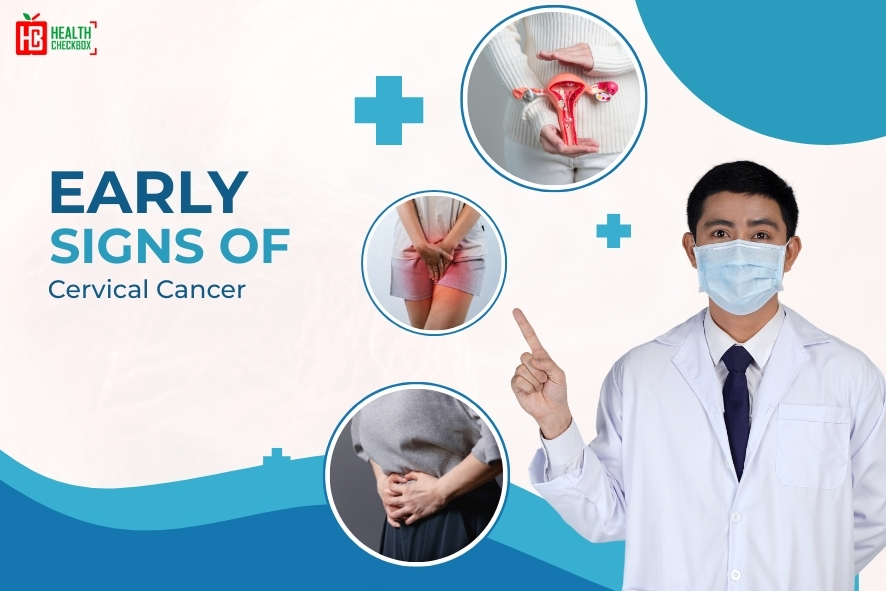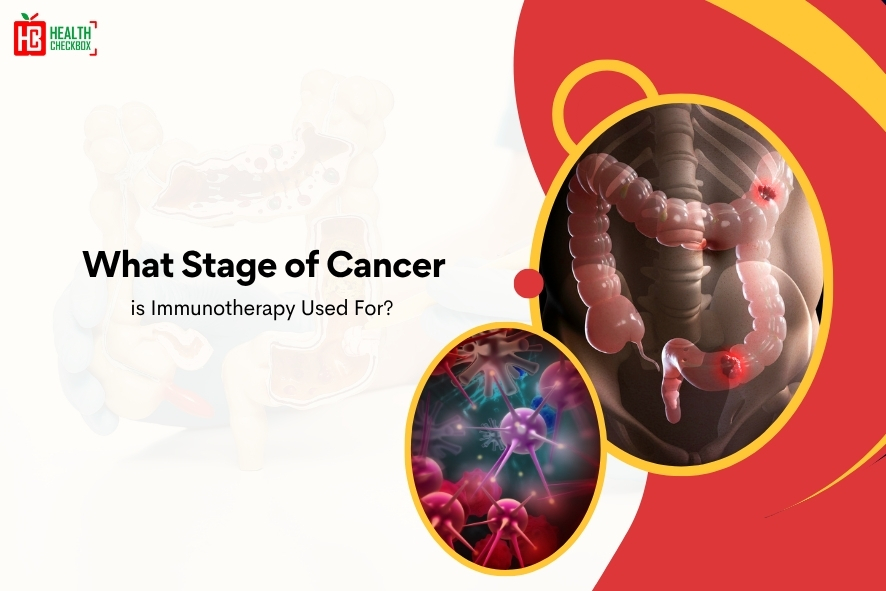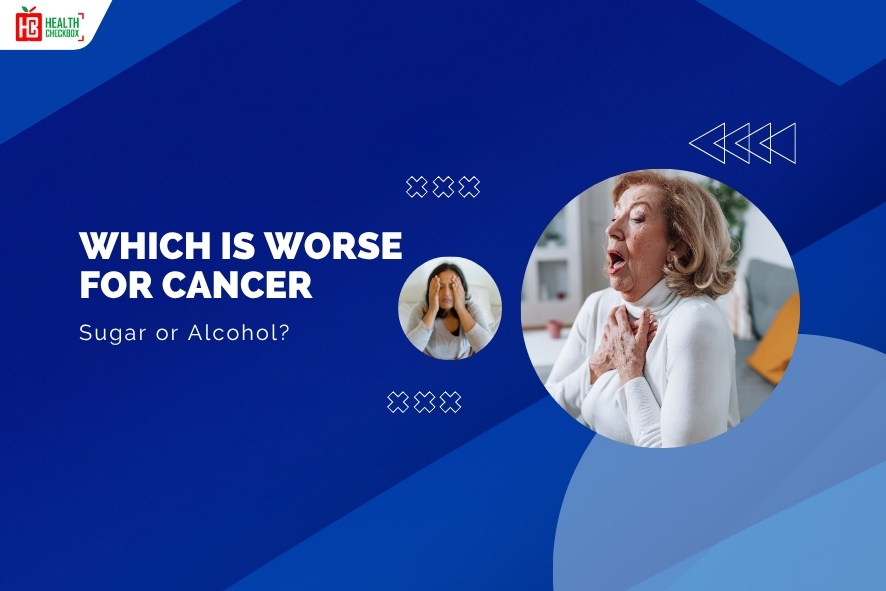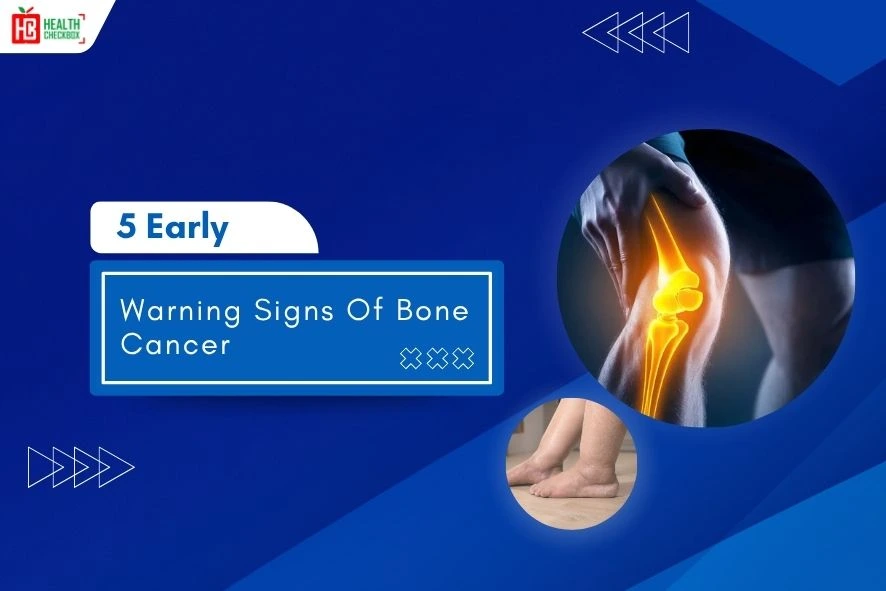Biliopancreatic diversion with duodenal switch is a common and complex weight losing process that is advised by a doctor to severely obese individuals. It is a type of bariatric surgery in which the size and length of the stomach and intestine are changed. This will make you feel full due to the small size of your stomach. It will limit the amount of food and absorption of calories, and it helps in reducing weight.
The process includes your stomach, its surrounding structure, and vascular supplies from the superior mesenteric artery and celiac trunk. It was found that those individuals who went through the procedure of biliopancreatic diversion have suffered from bile gastric. Then it was improvised to the duodenal switch process. It is a more effective weight loss surgery than any other gastrectomy.
What Conditions can be treated with BPD/DS?
There some health conditions can be treated through the duodenal switch, which is related to obesity. These are given below:
- Type 2 diabetes
- High blood pressure
- Nonalcoholic fatty liver disease
- Heart disease
- High cholesterol
- Lung disease
Procedure of Biliopancreatic Diversion With Duodenal Switch
Obesity can be treated with the BPD/DS process in the following way:
Before the Procedure
It is a complex treatment, so it is very important to go through pre-treatment preparations to get this weight-loss surgery. These are as follows:
- Physiological evaluation is done to check you are in good condition.
- Screening for drug and alcohol abuse, misuse, and dependency.
- Smoking should be quit before the procedure, because it may increase the risk of infection, sepis, pneumonia, and shock.
- The nutritional evaluation like assessing and educating the patient plays an important role. It is because a change in diet is required after the procedure.
- A full detail of physical and past medical history should be shared with the doctor. Due to this medical evaluation and clearance are very important for the treatment.
- Images and ultrasound of the abdomen are taken to view and evaluate liver pathology and size. Other preoperative evaluations are also done.
During the Procedure
It is performed by a doctor in the following ways:
- Firstly, it starts with a sleeve gastrectomy in which a stapling instrument is used to remove a large portion of the stomach. It leaves a narrow tube from top to near bottom of the stomach. This small size will make you feel full after having less food.
- Secondly, the track of the natural path of digestion is changed during the procedure. It is done by rerouting food away from the upper part of the intestine. It makes your body absorb less nutrients and calories. A new connection is made by dividing the small intestine and joining with its end.
- The final part of the procedure is ended by making changes in break down food through digestive juices. This leads to absorbing less calories and helps with losing weight. One part of the small intestine is joined with the lower part of the stomach. The open skin is closed with dissolvable sutures. The topical skin adhesive can also apply for the skin closure.
After the Procedure
Once it is completed, you should follow-up appointments with your surgeon for a few years. Your doctor will monitor your health, progress, and regular checkups for any nutritional deficiency. You will ask to take nutritional supplements regularly to prevent malnutrition.
Complications and Risks of BPD/DS
Some risks may occur after the procedure, and these can be varied from person to person. These are given below:
- Hernias
- Infection
- Blood clots
- Excessive bleeding
- Obstruction of your intestine
- The connection points get leaked
- Heartburn
- Severe vomiting
Latest Health Tips
Can Immunotherapy Cure Stage 4 Lung Cancer?
Early Signs of Cervical Cancer
Foods that Kill Cancer: Leafy Vegetables, Grains, & More
What Stage of Cancer is Immunotherapy Used For?
Which is Worse for Cancer, Sugar or Alcohol?
Vaccines That Prevent Cancer
What Kills Cancer Cells in the Body Naturally?
5 Early Warning Signs of Bone Cancer
Submit Your Enquiry
Testimonials








